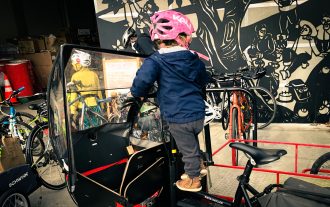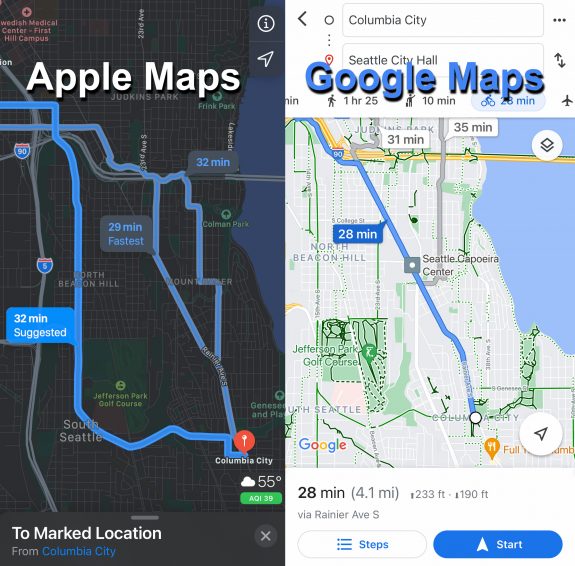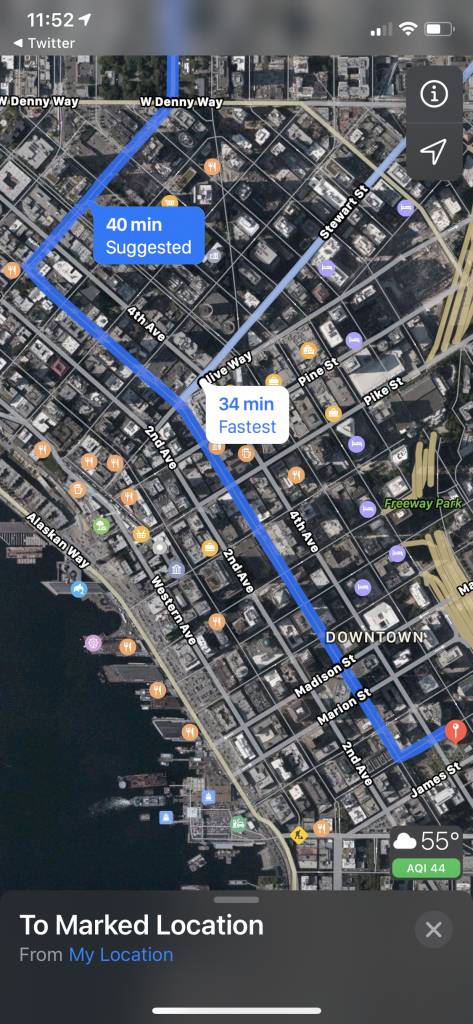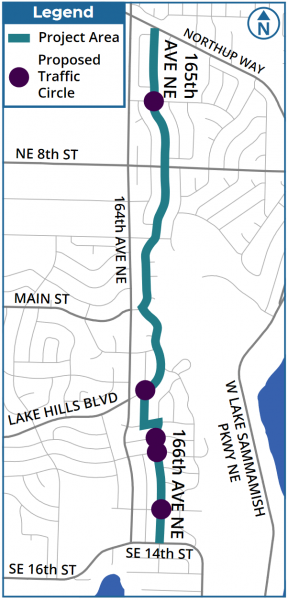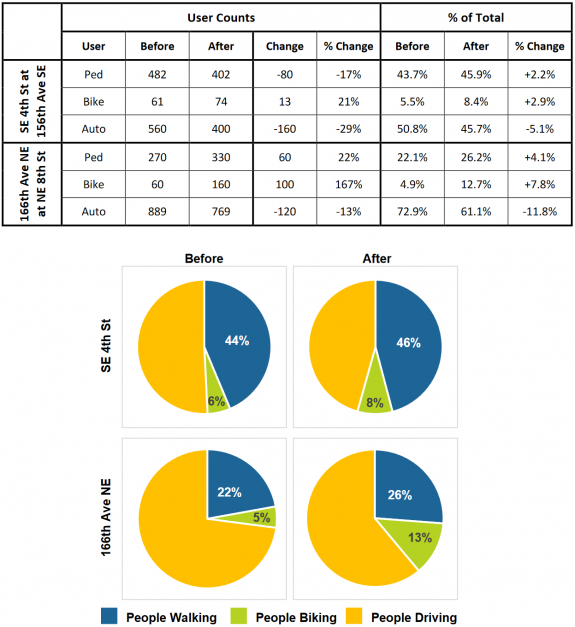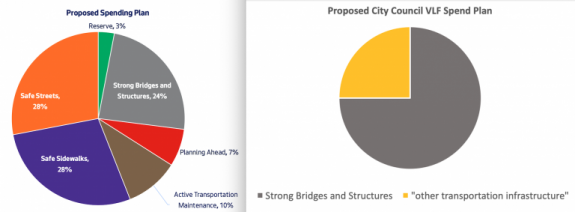
A majority of the City Council, led by Councilmember Dan Strauss, voted Wednesday to defer their decision on issuing a large bond until they have more details on what it would fund and when the money would be needed.
As we reported last week, the City Council is considering a 20-year, $100 million bond on a $20 vehicle license fee that would put 75% of funds into bridge work rather than the focus on safe streets that SDOT’s community outreach process recommended. Over the course of 20 years, this could result in an $80 million reduction in funding for safe streets projects according to an action alert from Seattle Neighborhood Greenways.
Of course most of the city’s bridges are vital infrastructure, and the city will be hit with a significant bill for the West Seattle Bridge soon. So it may be that bonding against some of the vehicle license fee will be needed at some point. But Seattle does not have a list of shovel-ready projects that need the immediate funding a bonding measure would generate. That’s why Transportation and Utilities Committee Vice-Chair Strauss proposed a successful amendment that would hold off on issuing bonds until projects and their schedules are identified.
“We must dedicate city funding to the work of investing in our bridges that is matched by state and federal dollars,” said Councilmember Strauss during the meeting. “We need to have a more accurate and detailed understanding of our maintenance and investments needs, and we need to use this information to raise the correct amount of bonds at the right time to invest in our infrastructure rather than taking on unneeded debt until we’re ready to use it.
The initial version of the bill, as proposed by Committee Chair Alex Pedersen, would have called for issuing the bond without knowing the scope or schedule of the work it would fund.
“If this non-binding language was enacted on today, we would raise bonds without shovel-ready projects,” said Strauss. “This means we would be paying bankers interest on dollars we would not be ready to spend today.”
Strauss also rejected the argument that the bond money could pay for the planning studies to get projects shovel-ready, saying, “This would be akin to taking out a home loan to pay for our groceries.” (more…)

